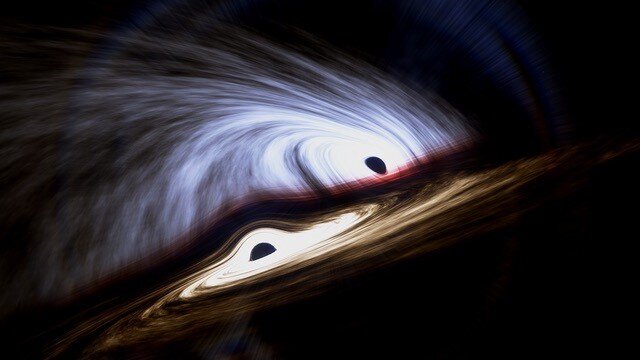Unveiling the Roots of Colliding Black Holes
In the last five years, astronomy has undergone a revolution with the utilization of gravitational waves—ripples in spacetime—to unravel the mysteries of black holes. These waves are generated during the cataclysmic merging of two black holes, but the reasons behind these mergers were previously elusive.
Researchers from the LIGO and Virgo Collaborations, including members from Monash University and the ARC Centre of Excellence for Gravitational Wave Discovery (OzGrav), have now unveiled a series of discoveries that offer initial insights into the origins of black hole mergers.

The announcement includes the confirmation of 44 black hole mergers, marking a significant increase in known gravitational-wave signals. The abundance of data allows scientists to delve into questions regarding the merging processes of black holes.
Notably, the spin orientation of black holes, a key factor influencing gravitational-wave signals, suggests that there are multiple pathways for black holes to unite—some forming from binary star systems, while others independently traverse space before merging with another black hole. OzGrav Chief Investigator Professor Eric Thrane emphasizes that regardless of the pathway, the merging process releases an immense amount of energy in the form of gravitational waves.
This article is republished from PhysORG under a Creative Commons license. Read the original article.
Do not forget to share your opinion with us to provide you with the best posts !



0 Comments